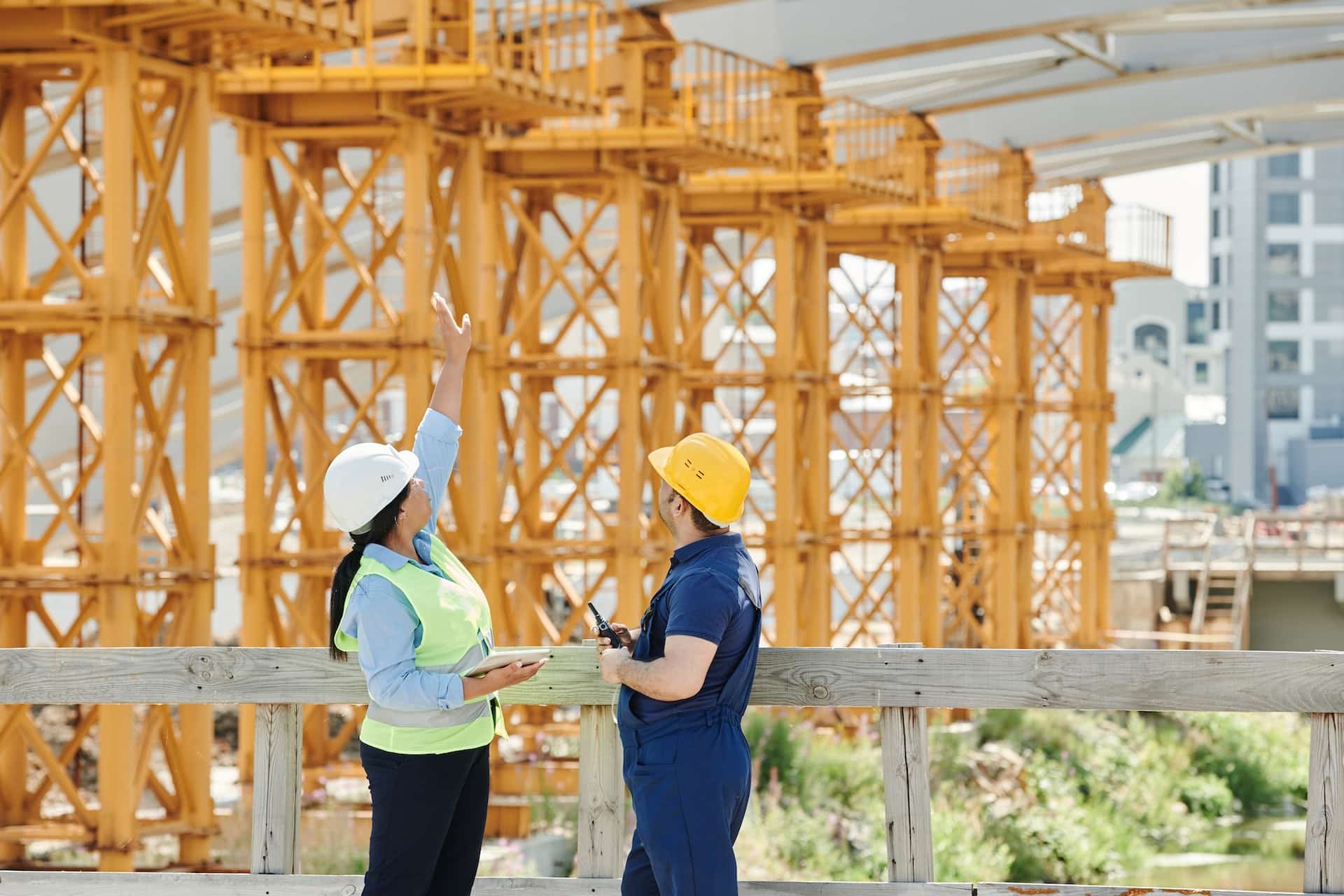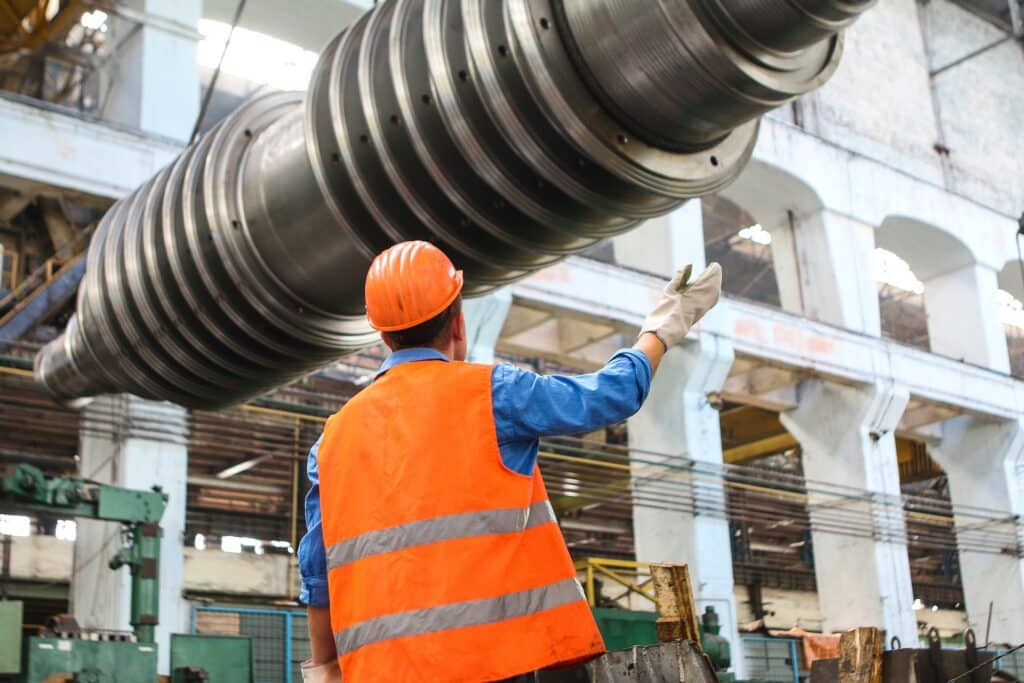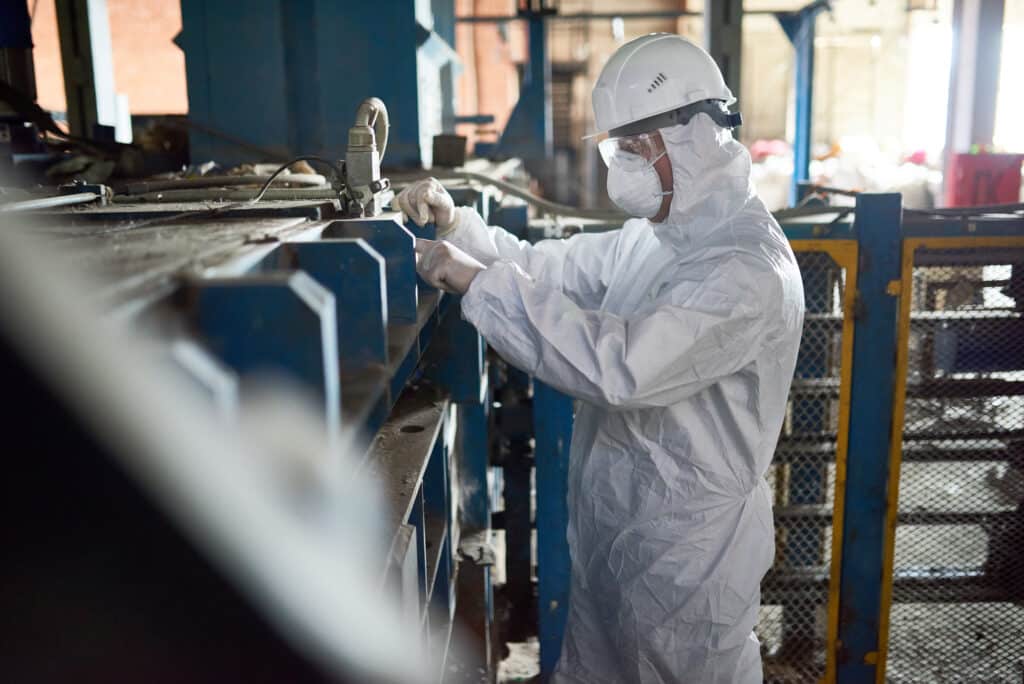Safety and Health Management Plan: Comprehensive Guide for Workplace Safety

Are you concerned about the safety and health of your employees in the workplace? Do you want to ensure that your workplace is free from accidents and injuries? If so, then a safety and health management plan is essential.
Table of Contents
What is a safety and health management plan?
A safety and health management plan is a comprehensive document that outlines the procedures, policies, and practices in place to ensure the safety and health of everyone involved in a project. This plan is an essential part of any project, especially those in the construction and industrial sectors, as it assists in identifying, assessing and managing the risks associated with the project.
The safety and health management plan should include key information about the project, such as site-specific details and relevant people, including principal contractors and project personnel. It should also outline the risk and incident management processes, including the corrective actions that will be taken and the procedures for reporting incidents.
The plan should provide details about safe work procedures, such as the use of protective equipment and emergency procedures in case of an incident. It should also include consultation and communication processes that will be implemented to ensure that relevant people are informed about the safety rules and requirements for the project.
Why is a safety and health management plan important?
A safety and health management plan is critically important for any workplace where hazards exist. Without a proper plan in place, employees may be at risk of exposure to hazardous materials or dangerous work conditions that can result in injuries or even fatalities.
- Reduce Injuries & Illnesses; A safety management plan can greatly reduce the incidents of workplace injuries and illnesses.
- Provide a Safer Work Environment; The plan allows for the proper identification and control of hazards, providing employees with a safer work environment.
- Improve Productivity; This increased level of safety can also lead to improved productivity as employees will be confident in their safety and able to focus more on their work, rather than worrying about potential hazards.
It’s important to understand that every project has its own unique requirements, and therefore each safety and health management plan should be tailored to fit those specific needs. This customisation ensures that all potential hazards are identified and controlled in a proactive manner, resulting in a safer work environment for all.
Ultimately, a safety and health management plan benefits both the employer and the employees. By reducing the incidents of workplace injuries and illnesses, employers are protecting their employees and safeguarding their productivity. Employee safety should always be a top priority in any workplace, and a safety and health management plan is a necessary tool to achieve this goal.

What are the components of an effective safety and health management plan?
A comprehensive safety and health management plan consists of many components, all of which are essential to ensure a safe and healthy workplace. The plan should be tailored to fit the specific needs of each project, but there are key elements that should be included in every effective plan.
Designation of key personnel responsible for managing and implementing the plan.
This team should be comprised of individuals with expertise in safety and health management, and should also include representation from employees and contractors.
Site-specific details
These details should include a thorough assessment of all potential hazards, as well as the development of safe work procedures. The plan should also consider the management of contractors, who may introduce additional risks to the project site.
Risk management
This should include a comprehensive risk assessment, identification of hazard controls, and a clear understanding of the risks associated with work activities.
Safe work procedures
These procedures should be designed to reduce risk and should incorporate the site-specific details identified during the hazard assessment process. The plan should also include procedures for document control and record keeping to ensure that all relevant information is properly documented and accessible.
In addition to the above components, consultation and communication processes should also be incorporated into the plan to ensure that all relevant parties are informed and engaged in the safety and health management process. This will allow for open dialogue about safety concerns and facilitate swift action in the event of an incident.
Overall, an effective safety and health management plan is a comprehensive document that considers all potential hazards and incorporates key elements such as key personnel, site-specific details, risk management, safe work procedures, and document control. By prioritizing safety and health management, organizations can create a culture of safety and protect their employees from harm.
How can a safety and health management plan improve workplace safety?
A safety and health management plan is designed to identify and control hazards in the workplace. In the case of a construction site, this plan is critical to the success of the project. By having a well-defined safety plan in place, it can prompt management to take a proactive approach to safety. This plan should outline safety rules and responsibilities for both management and workers and identify key aspects such as training requirements and the coordination of activities.
A safety and health management plan can also help in the prompt identification and reporting of safety incidents. This plan should outline incident reporting procedures, and ensure that corrective actions are taken, and changes to safety procedures are made when necessary.
It is essential to involve employees in the development and execution of the safety and health management plan. Clear communication, training, and regular toolbox talks are important to ensuring that employees participate in the safety process and understand their roles and responsibilities.
Hazard controls and a robust risk management process are important aspects of the safety and health management plan. The plan should assess all potential hazards and develop safe work procedures that incorporate site-specific details. Hazard controls such as protective equipment and site-specific rules should be implemented to reduce the risks associated with hazard exposure.
Implementing a safety and health management plan is essential to improving workplace safety. By taking a proactive approach, identifying and managing hazards, training employees, and utilizing hazard controls, construction sites can be safer places for workers. Prompt identification and reporting of incidents and the development of corrective actions can also increase the effectiveness of the safety plan, ultimately making the site safer for all involved.

What steps are involved in developing a safety and health management plan?
A safety and health management plan is essential for any organization that wants to provide a safe and healthy work environment for its employees. The plan includes key components such as incident reporting procedures, hazard controls, and risk management processes. But what steps are involved in developing a safety and health management plan?
- Identify key personnel who will be responsible for developing and implementing the plan. This includes management representatives, safety coordinators, and other relevant people who will be involved in the plan’s development and execution.
- Assess site-specific risks and hazards. This could include a hazard identification and risk assessment process that considers all potential hazards and develops procedures to minimize the risks of exposure to those hazards.
- Developing safe work procedures is another critical component of a safety and health management plan. These procedures should be site-specific and incorporate hazard controls and risk management processes to ensure that employees can complete their work safely and without incident.
- Establishing communication and consultation processes is also crucial. Employees should have a clear understanding of the safety and health management plan, their role in it, and how to report incidents or hazards. Additionally, regular consultation and communication with employees can help identify potential issues and suggestions for improvement.
- Document control and record keeping help ensure consistency in the execution of the safety and health management plan. This includes developing policies and procedures for document control, reporting, and record keeping to ensure that important information is captured and easily accessible.
- Regularly review and update the plan. This includes monitoring safety performance, identifying and implementing corrective actions, and ensuring that the plan remains current as the organization evolves.
Throughout the development process, employee involvement and consultation should be prioritized. Ensuring that employees are engaged in the development and execution of the safety and health management plan helps ensure that the plan is effective and responsive to the specific needs of the organization.
How can employee involvement contribute to the success of a safety and health management plan?
Employee involvement is a crucial component of any successful safety and health management plan. It is vital that employees are informed, engaged, and invested in the safety measures of the workplace. Regular communication between management and employees is essential to promote a safety culture and open dialogue.
Involving employees in safety initiatives allows them to participate in the identification of hazards, reporting incidents, and suggesting improvements. This active participation allows for a workplace that prioritizes safety and encourages a sense of ownership in preventing accidents and injuries.
To increase employee engagement and accountability, incentives can be incorporated into the safety and health management plan. This can include rewards for good safety behaviour and recognition for employees who contribute to the improvement of safety initiatives.
Overall, employee involvement is essential in ensuring the success of a safety and health management plan. By promoting a culture of safety and engaging employees in safety initiatives, workplaces can establish a safer environment for all employees.

What are some common hazards addressed in a safety and health management plan?
A safety and health management plan is essential for identifying and controlling hazards in the workplace. It is crucial to recognize the most commonly occurring hazards within the organization’s work environment to implement appropriate risk controls.
- Slips, trips and falls are a common hazard, which can result in injuries such as sprains, fractures, and head trauma. These can be caused by wet or oily surfaces, loose flooring materials, or poor lighting conditions. Regular inspections and maintenance of the floors and lighting can help reduce the risk of slips, trips, and falls.
- Electrical hazards are also a significant concern, and they can result in severe injuries, including burns, shocks, and electrocution. These hazards can be caused by damaged electrical cords, exposed wires, or faulty electrical equipment. Regular maintenance and inspection of electrical systems and equipment can help mitigate the risk of electrical hazards.
- Fire is another prevalent hazard that can cause significant damage to property and result in severe injuries or fatalities. Identifying potential sources of ignition, implementing fire safety measures, and regularly testing fire safety equipment can help prevent fires from occurring.
- Equipment malfunctions can also cause significant harm to employees. These can be caused by worn or defective equipment, lack of maintenance issues, or operator errors. Regular inspections and maintenance of equipment and machinery can help reduce the risk of equipment-related injuries.
- Hazardous substances, such as chemicals, can result in long-term health effects or immediate injuries, including irritation or burns to the skin or respiratory problems. Identifying hazardous substances, providing safety training to employees, and implementing proper storage and handling procedures can help mitigate the risk of exposure to hazardous substances.
In conclusion, a safety and health management plan should address common hazards such as slips, trips, and falls, electrical hazards, fire, equipment malfunctions, and hazardous substances. Employee training, regular inspections, and maintenance of equipment and systems are crucial for identifying and mitigating these hazards.
How often should a safety and health management plan be reviewed and updated?
A safety and health management plan is an essential tool for any workplace to prevent accidents or incidents and ensure the safety and well-being of all employees. To ensure the plan remains effective and relevant, it should be reviewed and updated on a regular basis.
The frequency of the review process depends on several factors. Any significant changes to the workplace, new hazards identified, or incidents that require corrective actions should trigger a review and update of the plan. In general, it is recommended to review and update the plan at least once a year or when there are significant changes to the workplace.
During the review process, all relevant people should be involved, including management, supervisors, and employees. This is crucial to ensure that the plan remains compliant with all relevant legislation.
In conclusion, to maintain the safety and well-being of employees, a safety and health management plan should be reviewed and updated on a regular basis, particularly when there are changes to the workplace, new hazards identified, or incidents occur that require corrective actions. The review process should involve all relevant people and ensure that the plan remains relevant, effective, and compliant with all relevant legislation.
Stay safe and protect your business with a comprehensive Safety and Health Management Plan.
Browse our selection of products now and take the first step towards creating a safer and healthier workplace for you and your employees.
-
Annual Health and Safety Planner for Workshops$29.95 (ex. GST)
-
Health and Safety Management System for the Office$599.95 (ex. GST)
-
Construction Health and Safety Management Plan$599.95 (ex. GST)
-
Health and Safety Planning, Objectives and Targets Standard$69.95 (ex. GST)
-
Health and safety management system structure and implementation standard$69.95 (ex. GST)
-
Health and Safety Policy$59.95 (ex. GST)






